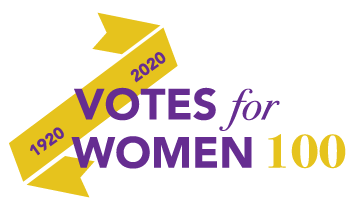First women’s rights convention is held at Seneca Falls, NY organized by Elizabeth Cady Stanton, Lucretia Mott, Jane Hunt, Mary Ann M’Clintock, and Martha Wright. Catharine F. Stebbins, who later lived in Detroit, signs the “Declaration of Sentiments.”
The “Declaration of Sentiments and Resolutions,” signed by 67 other women and 32 men, calls for complete legal and moral equality of the sexes and declares that “all laws which prevent woman from occupying such a station in society as her conscience shall dictate, or which place her in a position inferior to that of man, are contrary to the great precept of Nature, and therefore of no force or authority.” The right to vote is one among many natural rights that the Declaration addressed, including women’s access to education and professions; ownership and control of property and money; and ability to publicly speak and act for political, religious, and moral causes. Notably, the suffrage resolution–“That it is the duty of the women of this country to secure to themselves their sacred right to the elective franchise”–is the only one not unanimously adopted by the convention; many women fear that such a controversial demand would make the movement look “ridiculous” and undermine the budding women’s rights effort. Women’s enfranchisement is again debated at a second convention held several days later in Rochester, NY; Catharine Stebbins is one of the secretaries.
Photo: Report of the Woman’s Rights Convention, held at Seneca Falls, New York, July 19th and 20th, . Proceedings and Declaration of Sentiments. John Dick at the North Star Office, Rochester, New York, July 19-20, 1848, pamphlet, Library of Congress

